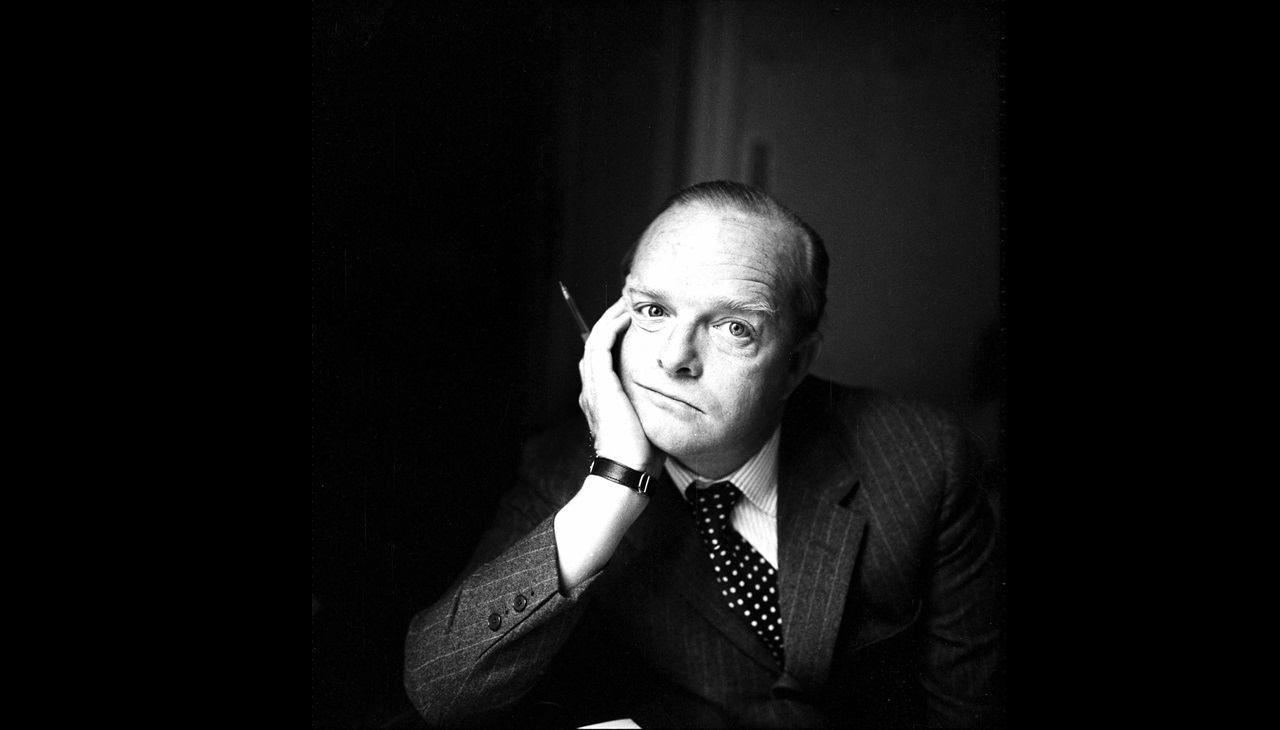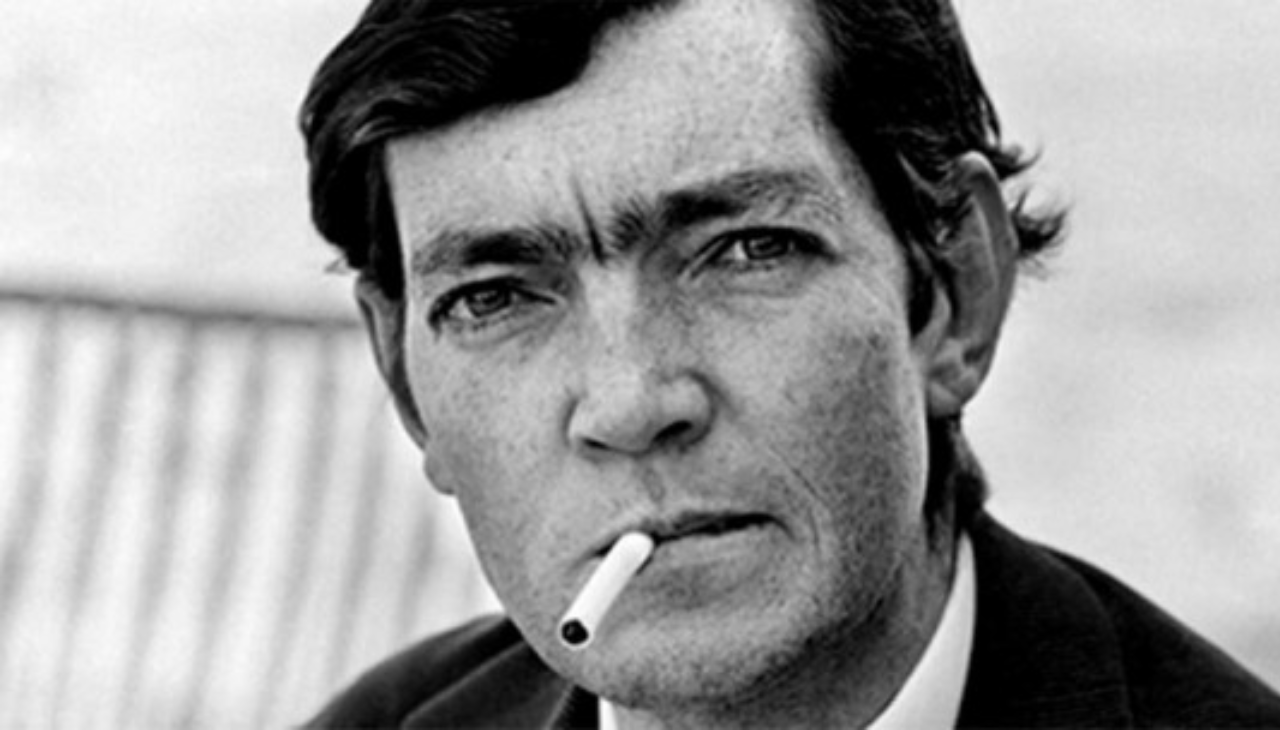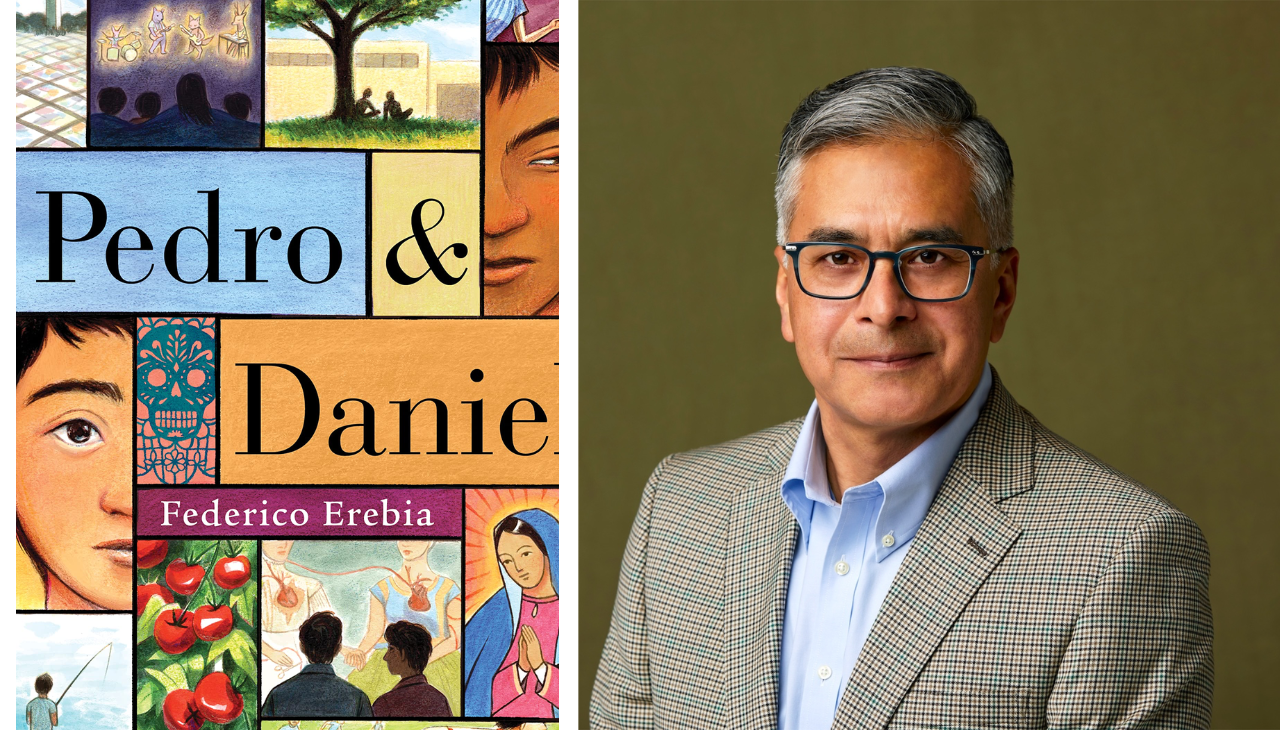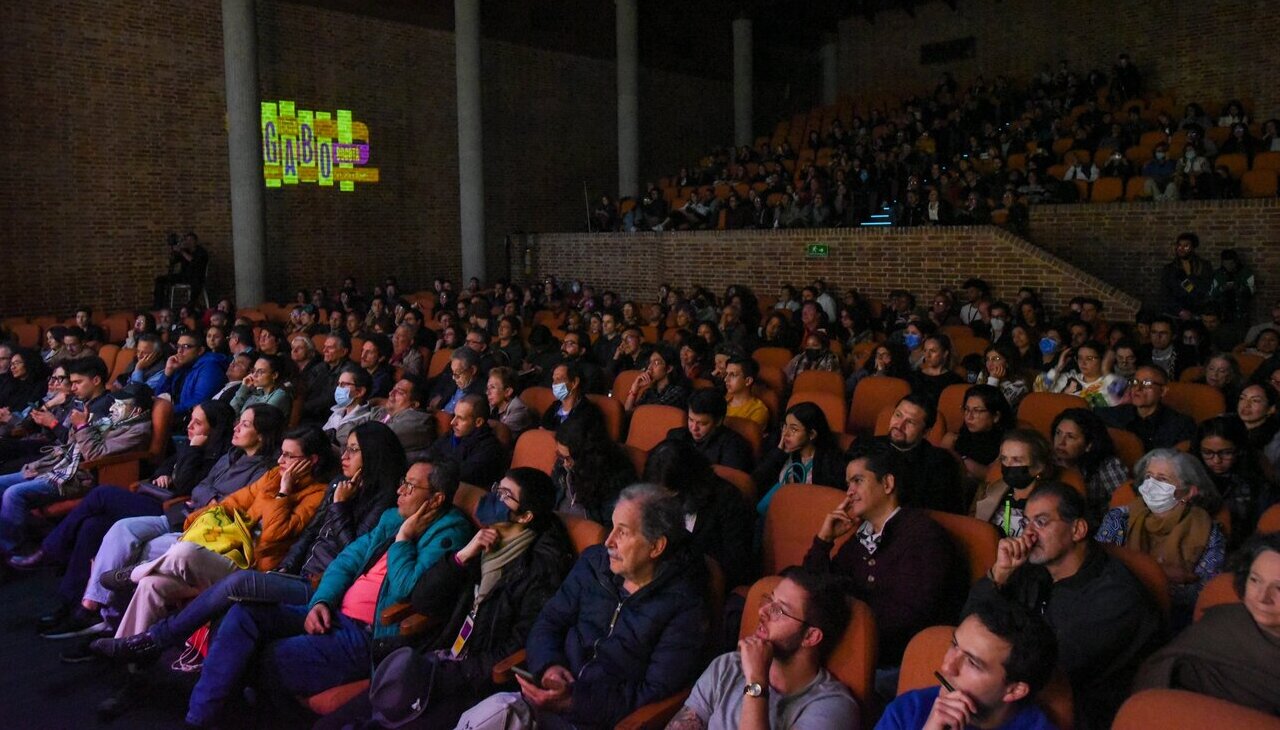
From NYC to Granada: Remembering García Lorca's Legacy
I can’t really remember when I first read the work of Federico García Lorca (1898-1936), but by my first year of college, I had fallen deeply in love with his poetry. I pored over bilingual editions, attempting to cultivate my Spanish knowledge and enter into García Lorca’s evocative imagery, at once dreamlike but also vital, surging with the dark earthly force which García Lorca termed “duende.” For García Lorca, duende was particularly represented in the culture of the gypsies, or Romani people, who lived in caves on the outskirts of Granada. Their powerful flamenco dancing and intricate but heartrending singing fascinated him, and were an essential part of his imaginative landscape.
García Lorca’s vision of Granada shaped my expectations of the city, as he often wrote about it and took on its personality, its history, as part of his being. As I sat on the plane that January, traveling across an ocean for the first time in my life, I read his descriptions of the city and imagined it in my head, not with images, but with sensations, sounds, vague colors and feelings. I was, more than anything, relieved to be getting away somewhere new. I had known that I needed a break from New York; actually, García Lorca had described that sensation for me, too. He was a student at Columbia University for a brief time in 1929, and published "Poet in New York," a collection of the poems inspired by his time in New York and the Americas. After two full years in the city that I had dreamed of and loved for so long, I had reached a point where I, too, was conscious of a New York of “artless games,…fruitless sweat,” a place where “the light is buried by noises and chains/ in the obscene challenge of rootless science,” as García Lorca writes in “Dawn of New York.”
CONTENIDO RELACIONADO
If in New York the light is “buried by noises and chains,” I found that in Granada the light is omnipresent, a defining force, a wonder unto itself. Its soft pastels at dawn and red in late afternoon, the soft, blurry smudges of oncoming evening are all magnified by the clear air, and envelop the buildings and mountains. Even in the rain, the light is unimaginably penetrating, defining. As García Lorca once wrote in a letter, “In the rain Granada has that divine light from a pensive brow…light that reminds us of childhood. Light of six-thirty in the evening when we would come out of school and turn around the corner. “ I discovered the light in Granada and the memories it held -- the tangible way in which it altered my vision, and opened me to the outside as well as to the landscape within myself.
Listen to more of this writer’s reflection and learn about the legacy of Federico García Lorca in the latest episode of Literatura Oral.










DEJE UN COMENTARIO:
¡Únete a la discusión! Deja un comentario.